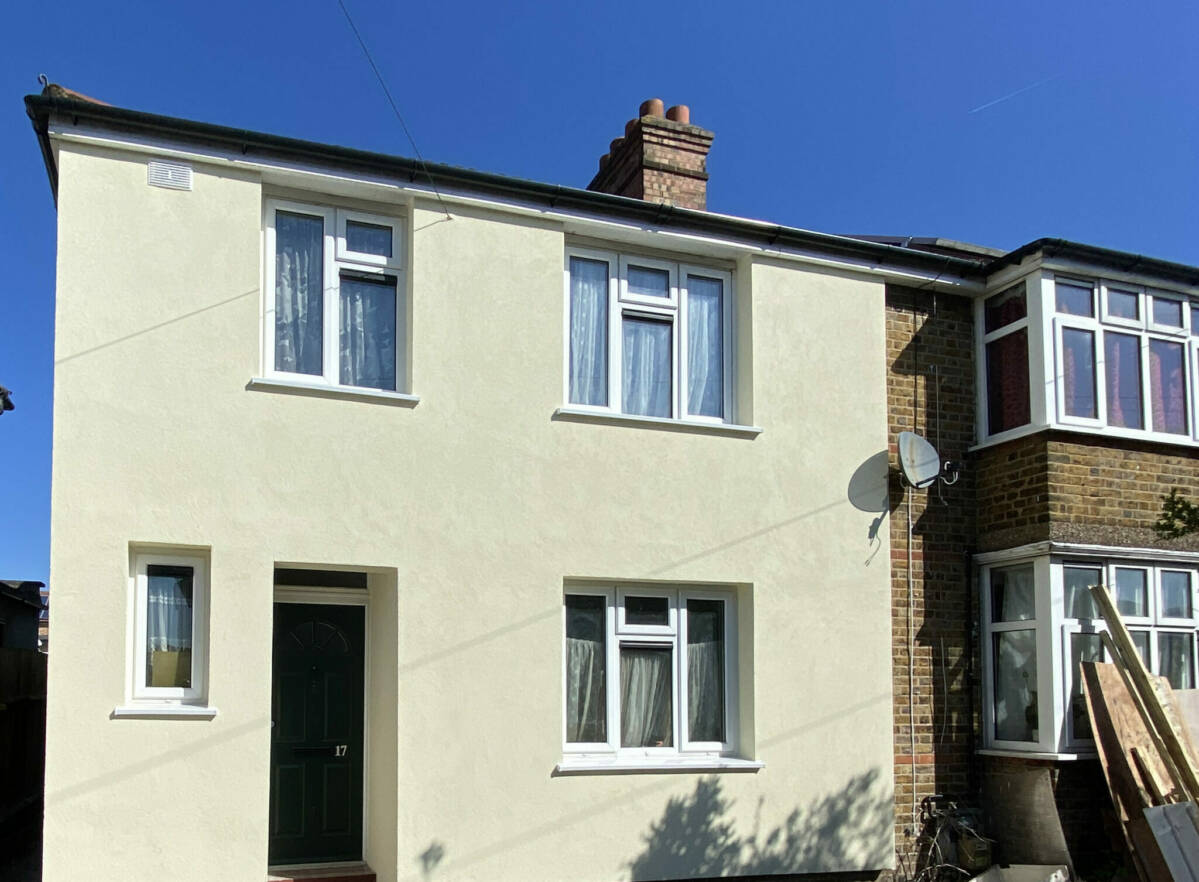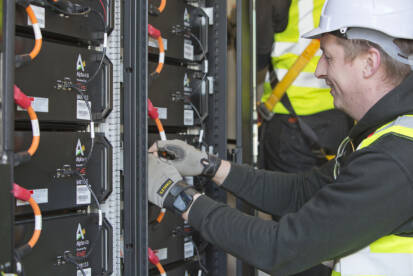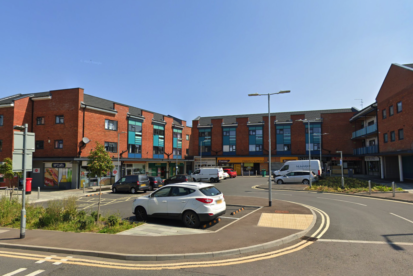Installation of External Wall Insulation (EWI)

- Installation of EWI at 50 residential properties
- Careful planning to minimise disruption during UK lockdown
- Extensive feasibility surveys
- Solution development for period properties
- Detailed communication with residents
In line with its ambition to be a net-zero borough by 2030, Waltham Forest Council has implemented a number of measures to reduce its carbon emissions and increase its sustainability, not least in the housing sector. By making its poorest performing homes more energy efficient, the council is taking steps to dramatically improve the community’s carbon footprint.
In line with these efforts, the Housing department initially secured funding from the Carbon Offset Fund to install external wall insulation at 10 homes throughout the area. In 2020, when the Green Homes Grant was introduced, the Council successfully bid to install EWI at a further 40 council homes. The local authority then turned to Aston Group to oversee and manage the project as part of an ongoing partnership agreement.
EWI involves attaching an insulating material to the external facades of solid wall properties. It is designed to reduce the flow of heat from inside the property to outside, ensuring homes stay warmer for longer. As a result, the boiler uses less gas and the home reduces its carbon emissions.

The Challenge
Installation of the EWI had to be completed within tight timescales during the UK lockdown. This required careful planning in order to avoid unnecessary delays, especially where residents were shielding or self-isolating.
In addition, due to fire safety concerns, the client’s preferred insulation material was mineral fibre as opposed to an expanded polystyrene (EPS) system. In order to achieve a successful installation, weather conditions had to be dry, which caused unavoidable delays. Contingency planning was required to minimise hold-ups wherever possible – in spite of the British weather!
Several properties also had Victorian or Edwardian facades, which meant that EWI could not be installed without compromising the aesthetics and unique features of the homes. As a result, we had to develop a way to insulate these homes without affecting their appearance.
The Solution
In order to get the best results, we worked closely with Saving Energy. The company conducted site surveys at the chosen properties – which were all EPC Band D-G – in order to determine the suitability and feasibility of installing EWI. They looked at several factors, including the general condition of the buildings. During the process, they made note of any defects that could affect the works, such as damp, guttering problems or structural cracking.
If the property was suitable, the surveyor took detailed measurements, photographs and completed survey documents.
Once the works were authorised, Aston Group erected scaffold around the elevations receiving insulation. We then set about extending boiler flues, so they would reach beyond the thickness of the insulation boards. Saving Energy arranged the extension of gas pipes, downpipes, taps, aerials, washing lines and other services. This ensured that the insulation material could be fitted to the property without restricting access to key services. These works were completed quickly, with little or no disruption to the residents.
A base rail was then attached to the wall at the same level as the internal floor. The 90mm Rockwool insulation boards, which had been cut to match the shape of the building, were placed onto the rail and fixed to the wall with adhesive and mechanical fixings.
Once secure, a render was applied with a mesh, in order to provide additional tensile strength and make the render more crack resistant. A decorative topcoat was then applied to complete the insulating process.
The plumbing team returned to fix downpipes, water pipes and other services once the render was dry and the scaffold was removed.
For the period properties, we kept the original facade intact where possible, insulating the side and rear of the properties only. We also added loft and underfloor insulation to help reach the minimum of EPC band C.
The Results
The first 11 properties were completed within 5 months. Work continues on the remainder of homes in the scheme and the project is due to be complete in September 2021.
The residents reap many benefits from the installation of external wall insulation. Having an insulated home makes an older, colder and energy-consuming property much more efficient and far cheaper to heat, which helps reduce fuel poverty.
There have also been benefits for Waltham Forest Council. The exhaustive surveys flagged up existing and potential problems so they could be remedied by the repairs team. Plus, properties that were starting to show signs of wear and tear now have an additional layer of protection, helping to stop decay in its tracks.
‘Waltham Forest Council is happy with the progress made on this project so far. Providing improved insulation at 50 of our worst performing homes will make a huge impact on the carbon emissions of our community.
‘As ever, Aston Group has been mindful of our tenants’ needs, minimising disruption wherever possible, while completing the project to the same high standards we have come to expect over the past 10 years.’
Digital and Environmental Energy Office, Waltham Forest Council



